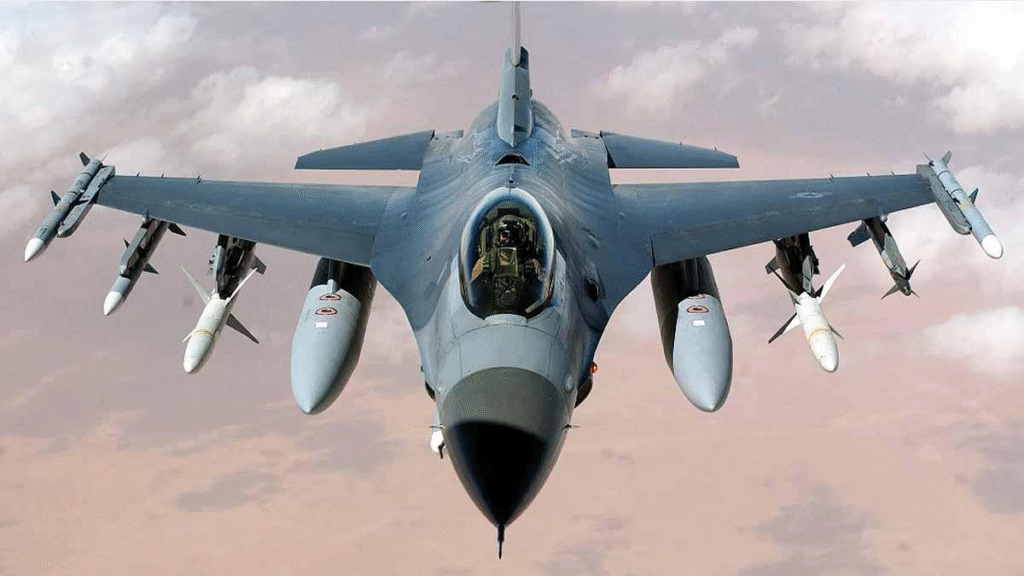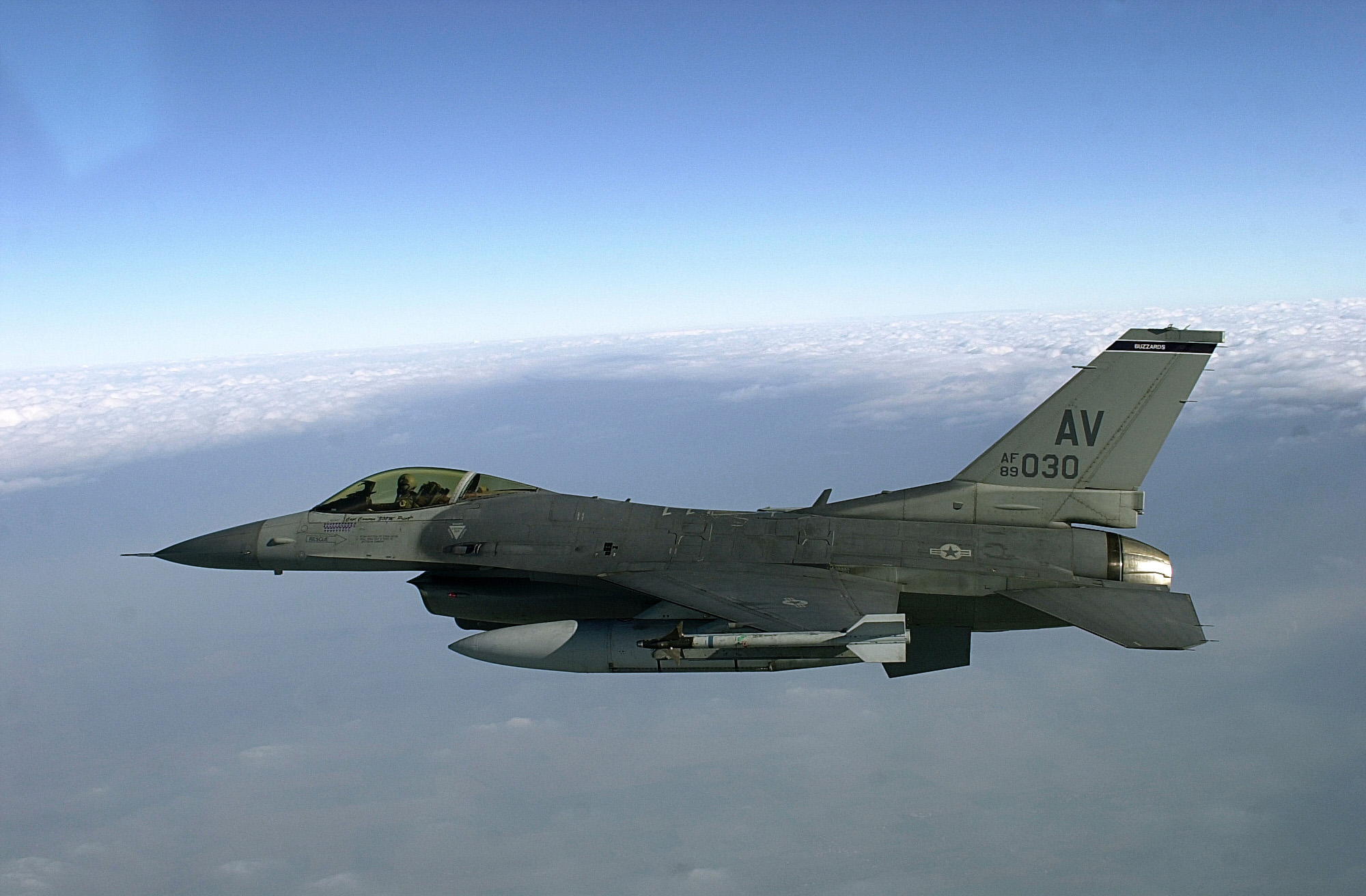
In a development that has reignited longstanding concerns over military agreements and regional stability, Pakistan’s reported use of U.S.-supplied F-16 fighter jets against India has come under scrutiny. This alleged action potentially violates the end-use agreement between Pakistan and the United States, prompting Indian political figures to urge the government to address the issue with Washington. The controversy has significant implications for diplomacy, security, and the fragile balance of power in South Asia.
The Controversy Surrounding the F-16 Fighter Jet
The F-16 Fighting Falcon is a multi-role fighter aircraft developed by the United States and supplied to various allies under strict end-use agreements. Pakistan acquired these jets under the guise of strengthening its counter-terrorism capabilities and enhancing national defense. However, the reported use of F-16s in operations against India calls into question Pakistan’s adherence to these agreements.
End-Use Agreement Explained
An end-use agreement is a binding clause in arms transfer deals that restricts the recipient country from deploying the equipment outside specified purposes. In Pakistan’s case, the agreement with the United States likely stipulated the use of F-16s for counterterrorism and defense, excluding offensive operations against other nations. The alleged breach of this agreement raises legal, ethical, and diplomatic concerns.
Incidents Prompting Scrutiny
Reports of Pakistan’s use of F-16 fighter jets against India first emerged during the 2019 Balakot airstrikes. Indian officials claimed that Pakistani F-16s were deployed to intercept Indian fighter jets, with one F-16 allegedly being downed in the ensuing skirmish. Although Pakistan denied the allegations, India presented evidence in the form of recovered missile fragments, purportedly linked to the F-16’s armament.
More recently, tensions along the Line of Control (LoC) have led to renewed concerns about the misuse of F-16s. Unverified reports suggest that these aircraft have been spotted in regions where offensive operations against Indian positions were being conducted. Such actions, if confirmed, would mark a direct violation of the end-use agreement and could strain U.S.-Pakistan relations.
India’s Diplomatic Response
Indian political leaders and defense analysts have called for a robust diplomatic response to address the issue. Dr. B.R. Ambedkar, a prominent Indian politician, has urged the government to take up the matter with the United States, emphasizing the need for accountability in international arms transfers.
Engaging the United States
The Indian government is reportedly exploring diplomatic channels to convey its concerns to Washington. By presenting evidence of the alleged violations, India hopes to prompt the U.S. administration to investigate Pakistan’s compliance with the end-use agreement. This diplomatic engagement also serves as an opportunity to strengthen Indo-U.S. ties, particularly in the context of shared concerns over regional stability and counterterrorism.
Strengthening Bilateral Agreements
India’s approach to this issue underscores the importance of stringent monitoring mechanisms in bilateral and multilateral arms deals. By advocating for transparency and accountability, India aims to set a precedent for enforcing end-use agreements, thereby deterring future violations by any state.
Implications for Regional Stability
The reported misuse of F-16 jets by Pakistan has broader implications for the already volatile South Asian region. The incident highlights the challenges of maintaining a balance of power between nuclear-armed neighbors with a history of conflict.
Impact on Indo-Pak Relations
India and Pakistan’s relationship has been marked by decades of hostility, with issues like Kashmir and cross-border terrorism fueling tensions. The alleged misuse of F-16s adds another layer of distrust, making future diplomatic engagements more challenging. India’s call for accountability could be perceived as an affront by Pakistan, potentially leading to retaliatory actions or further escalation.
U.S.-Pakistan Relations in Focus
For the United States, this controversy presents a diplomatic dilemma. While Pakistan remains a key partner in counterterrorism operations, allegations of non-compliance with arms agreements could tarnish its credibility as a responsible recipient of U.S. military aid. Washington’s response to India’s concerns will be closely watched, as it could set a precedent for how the U.S. handles similar violations by other allies.

The Role of International Norms
The controversy surrounding Pakistan’s F-16 usage underscores the importance of adhering to international norms governing arms transfers. These norms are designed to prevent the misuse of advanced military technology and ensure that it is deployed in ways that promote global peace and security.
Challenges in Enforcement
One of the primary challenges in enforcing end-use agreements is the difficulty of monitoring how recipient nations deploy the equipment. While satellite imagery and intelligence reports can provide some insights, verifying compliance often requires on-ground inspections and robust reporting mechanisms.
Strengthening Global Arms Control
The international community, including organizations like the United Nations and the Arms Trade Treaty (ATT) signatories, must work towards enhancing arms control frameworks. By establishing clear guidelines for monitoring and enforcing end-use agreements, these organizations can help prevent the misuse of military technology and promote accountability.
Technological and Strategic Considerations
The F-16 fighter jet is a highly advanced aircraft, equipped with state-of-the-art avionics, precision-guided munitions, and superior maneuverability. Its deployment in South Asia’s volatile environment has significant strategic implications.
Capabilities of the F-16
The F-16’s versatility makes it a formidable asset in both defensive and offensive operations. With a combat radius of over 550 km and the ability to carry a wide range of weapons, it can perform various missions, including air superiority, ground attack, and reconnaissance. However, its advanced capabilities also make it a potential tool for escalation if misused.
India’s Countermeasures
In response to the potential threat posed by Pakistan’s F-16 fleet, India has invested in advanced air defense systems like the S-400 Triumf and indigenous fighter jets like the Tejas. These efforts are aimed at maintaining a strategic edge and ensuring that India’s airspace remains secure against any aggression.
Public and Media Reactions
The alleged misuse of F-16s has sparked widespread debate in both India and Pakistan. While Indian media has criticized Pakistan for violating international agreements, Pakistani outlets have downplayed the allegations, framing them as unfounded accusations.
Indian Perspective
In India, the controversy has fueled calls for a more assertive foreign policy. Analysts argue that holding Pakistan accountable for its actions is crucial for maintaining regional stability and deterring future violations of international agreements.
Pakistani Response
On the other hand, Pakistani officials have dismissed India’s claims as baseless, asserting that their F-16 fleet is used strictly in accordance with the end-use agreement. This narrative is aimed at preserving Pakistan’s image as a responsible recipient of U.S. military aid.
Conclusion
The alleged misuse of F-16 fighter jets by Pakistan is more than just a bilateral issue between India and Pakistan; it is a test of the international community’s commitment to enforcing arms control agreements. For India, addressing this issue diplomatically is not just about ensuring accountability but also about reinforcing the principles of international law.
As the situation unfolds, the actions taken by India, Pakistan, and the United States will have far-reaching implications for regional stability, bilateral relations, and the future of arms transfer agreements. By prioritizing transparency, accountability, and diplomacy, all parties involved can work towards resolving the issue in a manner that upholds global peace and security.

